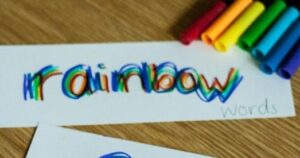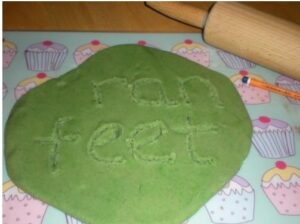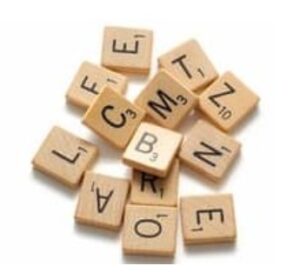Home Learning
How can you support your child at home with spelling?
At Sithney School we want our pupils to become successful writers. One aspect of being a successful writer is being able to spell accurately. In school, your child will learn the conventions and rules of spelling, alongside strategies they can use to support them in become confident spellers.
To support the work pupils are completing in school, we have suggested a few strategies you may like to use with them at home to help them develop their understanding and application.
Strategies for Spelling
Sounding out: e.g. d-o-g sh-ee-p n-igh-t
This is the most popular method for teaching spelling. Ask the child to sound out the phonemes (sounds) they hear.
Syllabification: e.g. re/mem/ber Clap out and say each of the syllables. A good indication to support children is to over emphasise their mouths when saying the word. Every time their mouth changes shape to say a sound, they say a syllable.
Mnemonics: Big elephants can always understand small elephants (because). This is a great strategy for tricky words they find difficult to remember.
ould – Oh You Lucky Duck (could, would, should)
Said – Sally Ann is dancing
Look, Say, Cover, Write, Check: This is the strategy we send the spellings home with. Look at the word and say it out loud, then cover it, write it and check to see if it is correct. If not, highlight or underline the incorrect part and repeat the process.
Analogy: e.g. night, fright, sight, slight
Words within words e.g. There is a rat in separate.
Etymology (meaning) e.g. bi (two) + cycle (circle) = bicycle.
Prefixes and suffixes e.g. uncontrollable laughing
Applying rules e.g. When changing a word ending in y from singular to plural you change the y to an i and add es. Fairy fairies.
Using a dictionary
Please note – children will need to be taught how to use and apply these strategies for spelling. Younger children tend to use the first four strategies in the list to support their spelling. Please speak to your child’s class teacher to discuss the most relevant strategies for your child.
Activities and games
There are many different ways pupils can engage with learning spellings. Here are just a few examples that we know the pupils enjoy.
Pyramid spellings
c
c r
c r e
c r e a
c r e a t
c r e a t e
Rainbow writing: Write each spelling in different colours
Coloured vowels: Write all the vowels in the word in a different colour.
fling people could separate measure
Pairs: Write 2 sets of spellings on pieces of card. Mix them up and turn the so they are face down. Take it is turns to turn 2 cards over. If they match, keep the cards and have another go. The winner is the person with the most sets of cards.
Throwing and catching a ball: Sharing the learning. Spell out the word, taking it in turns to say the next letter of the spelling every time the ball is thrown. So for the word game:
Person A: G
Person B: A
Person A: M
Person B: E
Anagrams: Write each letter of a word on a different piece of paper. Mix them up and then unscramble them to make the word.
Playdough writing: Provide your child with a flat piece of playdough and ask them (using a sharp pencil) to write their spellings in it. Alternatively they could create the letters of the words – this would support younger children with their fine motor skills as well.
Bubble letters: Ask your child to write their spellings using bubble writing. This could be done in different colours.
Magnetic letters: Ask your child to write spellings using magnetic letters. An extension to this could be to write the spelling twice, one accurately and one inaccurately. Ask your child which spelling is correct.
Word searches: Create word searches and challenge each other to solve them.
Scrabble: A fantastic game to support your child with learning spellings and fun for all the family.
Short Stories: Create a short story together, ensuring they incorporate their spellings.
Water Words: Write several words on separate pieces of card or paper. Ask your child to write a word two or three times on the patio or path with a paintbrush dipped in water. Repeat with a different word.
Challenge: can they write a sentence that includes the word?
Guess Who: Write some words on paper. Read the words with your child. Ask them to tape a word to your back. You have to ask a question e.g. does it begin with ’th’? Can I sound it out? Now your child takes a turn to answer your questions.
High Frequency Words
High frequency words are common words that appear very often in written texts. They are a mixture of decodable words (words that can be sounded out) and tricky / exception words (words which have to be learned and recognised by sight).
It is really important that children learn how to read and write these words so they can use them in their own writing. They also need to learn to spell these words as they will find they will need to use them a great deal in their writing. Pupils will begin learning to read and write these words in Reception and will continue to learn them through KS1 with the expectation that they will be able to read and write the most of the first 300 words by the end of Year 2. In addition to this, there is a statutory word list children must be able to spell for Year 1 and 2; for Year 3 and 4 and for Year 5 and 6. These words can be found listed on the school website in the curriculum section: English.



